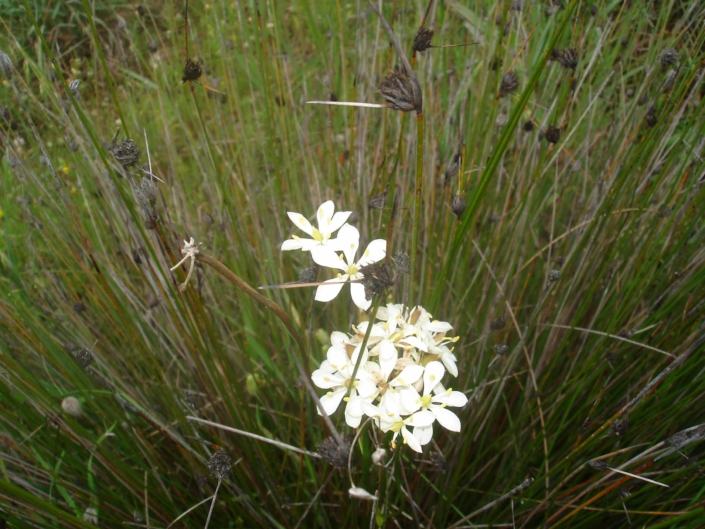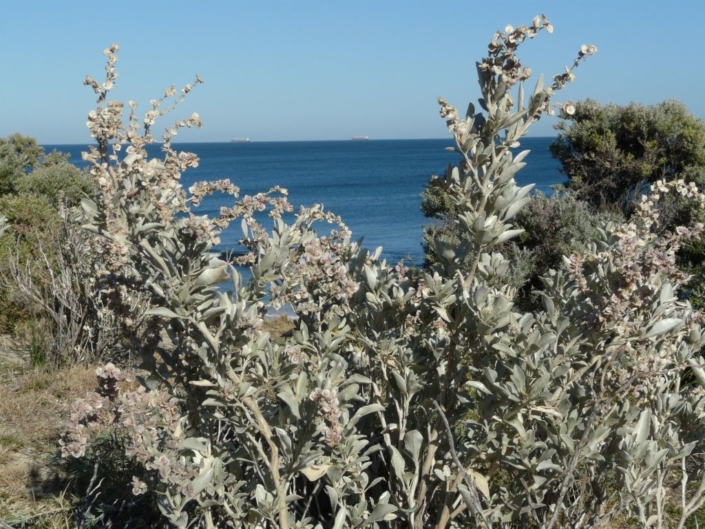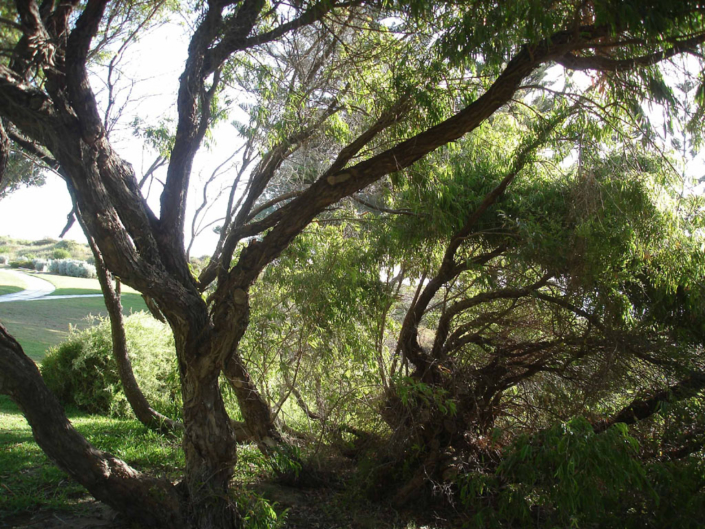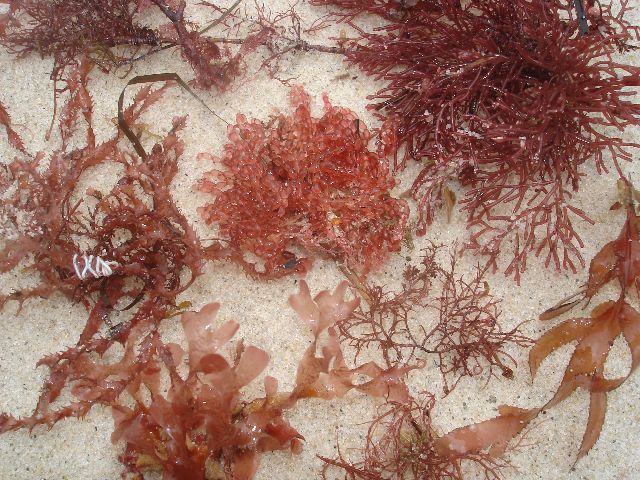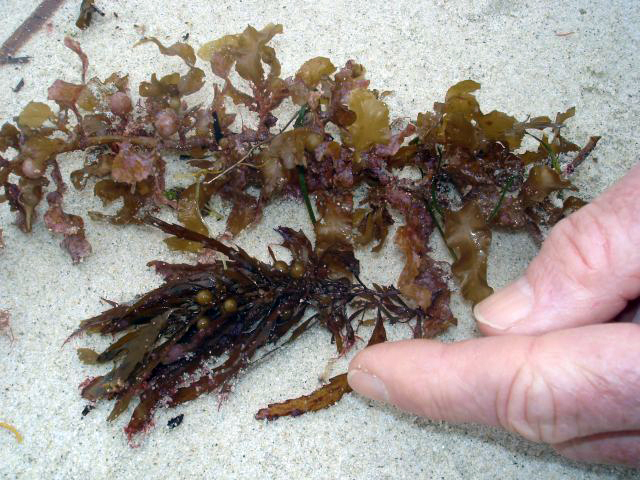Bushfood conference
Several Cottesloe Coastcare members were lucky enough to go to the Bushfood and Coastal Conference run by Perth NRM in March 2021. It sounded like a fascinating day and you can read more in Mike and Valdene’s report here. Valdene’s snippets also have some really interesting notes about our local bushfoods and lots of information about propagating and growing them. Did you know that Empress Josephine had Sea Celery or Apium prostratum in her garden at Malmaison and that Atriplex is a particularly good flavouring for your roast lamb? You can read more here.
Some highlights from Mike and Valdene…
Dale Tillbrook, a Wardandi Bibbulmun woman, welcomed us to the conference and to Whadjuk Noongar country, and gave us an overview of some of the sources of bush tucker that could be found close to the coast.
Dr John Huisman, curator at the WA Herbarium, then gave us a very detailed account of our local seaweeds or macro-algae. He talked about the different phyla of seaweeds (red, brown and green), the early history of collection off the coast of WA, beginning with Archibald Menzies and Robert Brown who sailed with Matthew Flinders. More information on our local seaweeds from Mike Gregson is here.
Then he talked about the uses, culinary and otherwise, of many seaweeds, including nori for making sushi, the manufacture of agar and carrageenin, and how the early settlers made jelly from our local Jelly Weed. Many of our seaweeds, such at Sea Lettuce or Ulva lactuca, are edible, but anything contaminated with cyanobacteria (blue-green algae) can be toxic.
Then there is the amazing story of Asparagopsis taxiformis, which, when added to cattle feed, reduces the cows’ methane production by 95%, which is wonderful news for ameliorating climate change.
Dale then returned to tell us about traditional uses of marine and coastal resources, pointing out that fish and shellfish were “bush tucker” too. Now, in the cooler season of Djeran, the people would be starting to move up the rivers towards the hills, fishing for mullet as they moved. They ate the berries of Enchylaena and Rhagodia and the central leaves of the Sword Sedge or Lepidosperma gladiatum and many other foods such as Samphire, Saltbush and Nitre Bush. They breathed the smoke of burning Peppermint leaves as a decongestant and used the tips of Bracken Fern to relieve stings.
Dale and her brother Lyall then provided a delicious lunch flavoured with bush tucker foods. The menu included Fresh Pink Snapper infused with Lemon Myrtle, Sea Grapes, Pickled Youlk, Potato Salad flavoured with Warrigal Greens, mini vegetarian pies with Warrigal Greens and Sea Celery and a green salad flavoured with Samphire. There were also chocolate biscuits flavoured with Wattle Seed and a Lemon Myrtle cake.
Bree Howard then told us abut the Natural Area Nursery at Ellenbrook. They not only have a nursery, but do planting, weed and erosion control, fencing, feral animal control and consulting. They have 50 bush tucker species and specialise in hard-to-grow plants such as tuber-bearing species.
She reminded us that seed-collecting requires a licence and permission from the landholder. Native plant seeds should be planted virtually on the surface, not over-watered, and planted out after the first true leaves appear. Sowing time is variable and needs to be experimented with. Some species take as long as 12 weeks to germinate, and Banksia seed needs to be smoked. It is usually best to grow from seed, but sometimes cuttings are best, and the Wildflower Society runs cuttings workshops.
We were warned that our local Pigface hybridises with the South African species. Ruby Saltbush can be grown at home in hanging baskets. Quandong, Santalum acuminatum grows slowly. Its seed has to be cracked, and planted with a host. (The Kwongan Foundation can help with this.)
Some useful links
The Garden Ecologist Steve McCabe presented at the Conference and his Facebook page has lots of interesting information on our local plants and more.
Dale Tillbrook Experiences. Dale also presented at the conference. She is a Wardandi Bibbulmun woman whose traditional Aboriginal country is the Margaret River, Busselton area. She is an expert on bushfoods having spent many years gathering knowledge from her elders and other sources.
Natural Area Nursery. The nursery propagates and grows plants for restoration, revegetation and landscape for Perth and WA regions.
Sercul. Bush Tucker Plants for Your Home Garden. SERCUL have fact sheets and a brochure about common (and not so common) bush tucker plants that can be grown in the Perth region.

